How To Apply Grout To A Tile Floor

Tile Grouting Tips
By Troy Cantini
Applying the grout between the tiles is usually the final step in a tile installation. A good looking grouting job can enhance the look of a tile installation. A sloppy or improper grouting procedure can ruin the look of an otherwise perfect tile installation. Many mistakes involved in grouting tiles can not be repaired so it is important to correctly apply the grout the first time so you do not have to go trying to fix grout problems later.
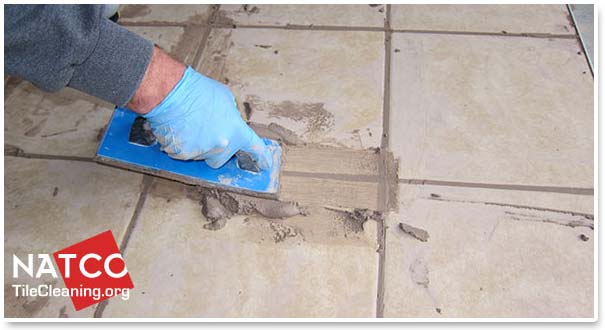
You should have all of your grouting tools and supplies on hand and ready to go before you start grouting your tiles. You do not want to be forced to take time out looking for grouting supplies in the middle of your grouting procedure. When grouting your tiles it is important that all required steps in applying the grout and cleaning up the grout and grout haze be done in a timely manner. Allowing the grout to set improperly or not cleaning up the grout haze on the surface of the tiles in a timely manner can ruin your grouting job.
Also make sure the climate and conditions are suitable for grouting. The grout manufactures instructions will detail the allowable temperature and humidity ranges suitable for grouting. You do not want to start grouting tiles when it could potentially rain on the newly installed grout. Also you do not want to grout tiles on hot sunny days when the grout could dry too quickly and make cleaning up the grout haze that much more difficult.
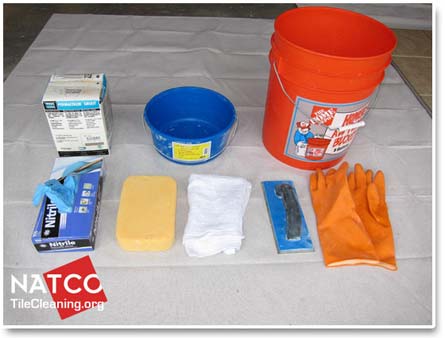
-
Cement based grout
-
Open face bucket to mix the grout.
-
Grout float
-
Grout sponge for cleaning up excess grout off of the tiles
-
Bucket of clean cool water
-
Vinyl or rubber gloves to keep grout off of your hands
-
Cheese cloth or terry towels to remove the grout haze
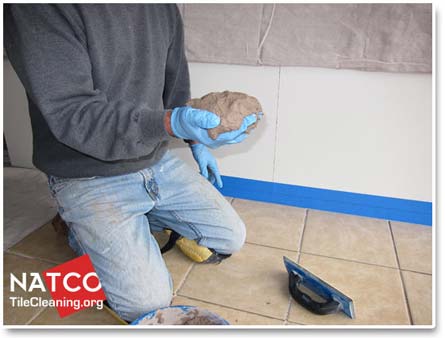
When choosing a grout you should always choose a cement based grout that mixes with water. You should also use the correct type of sanded or unsanded grout for your particular tile installation. Both sanded and unsanded grouts have their specific uses in different types of tile installations. For wider grout lines lines over 1/8 inch in tile floors it is always better to use sanded grout and for more narrow grout lines it is best to use non-sanded grout.
Properly mixing the grout with water is an extremely important step in the grouting procedure. A common mistake many DIY grouters make is to mix the grout with too much water. There are many problems associated with mixing the grout with too much water. The grout color can become faded and blotchy or the grout can be weakened and start to break apart in the grout lines. You should mix the grout so that you are able to hold the grout in your hand without it oozing out between your fingers.
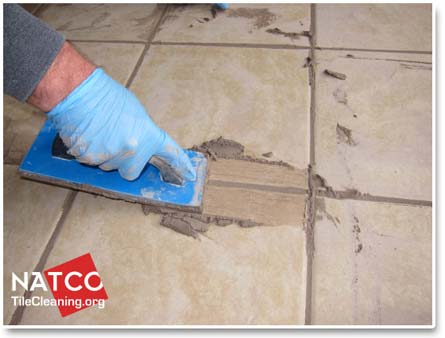
You should use a grout float to force the grout deep into the grout lines. You do not want to just smear the grout across the top of the grout lines and hope that the grout lines get filled with grout. Taking the time to force the grout deep into each individual grout line will ensure that there are no thin areas of grout that could break through or chip out of the grout lines.
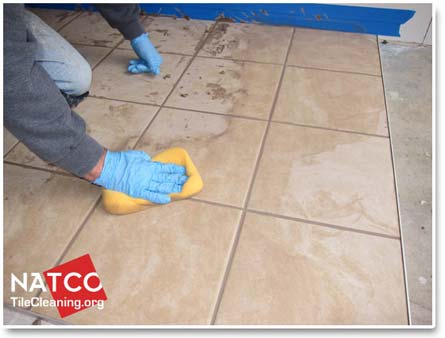
The next step in the grouting procedure is to clean up the excess grout with a damp sponge. You should only apply the grout to small areas of tile before cleaning up the excess grout with the damp sponge. You do not want the grout to dry and harden on the tile surfaces. You should wring out as much water as possible from the damp sponge before wiping off the tile surfaces. Too much water in your sponge while wiping off the tiles can weaken the grout and wash out the colored pigments in the grout.
You should only clean up a small area of tiles with the grout sponge before rinsing and wringing out your grout sponge. You will use the grout sponge to form nice evenly looking grout lines. After you have cleaned up a small section of grout then turn your sponge over and wipe another section of grout. You will only typically be able to wipe 2 or 3 tiles before your sponge will become filled with grout and you will have to rinse and wring out your grout sponge.
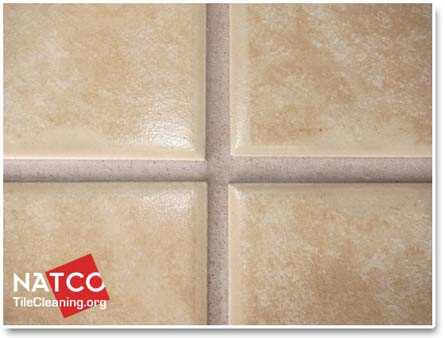
After you have cleaned all of the grout with the grout sponge and tooled the grout lines then allow the grout to dry for 1-2 hours before cleaning up the grout haze. You will see this grout haze form on the tile surfaces after about 20 minutes when the tile surfaces start to dry. You can use a cheese cloth or ordinary paper towels to remove the grout haze. You will see the grout lighten up to the expected color as it dries.
After grouting the tiles you should allow the grout to dry and set for at least 72 hours. You should then seal the grout to protect it and keep it looking clean and new. After the grout has been sealed then you should wait 24 hours before using your tile floor.
NATCO Related Articles
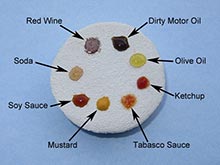 Grout Sealer Reviews
Grout Sealer Reviews
We review the most popular consumer and professional grade sealers to help you choose the best grout sealer.
Read more»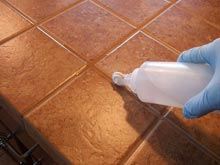 How To Properly Seal Grout
How To Properly Seal Grout
Grout is extremely porous and needs to be sealed and re-sealed on a periodic basis.
Read more»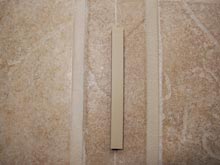 Sanded Vs Un-Sanded Grout
Sanded Vs Un-Sanded Grout
Grout comes in both sanded and unsanded forms and it is important to choose the correct grout type.
Read more»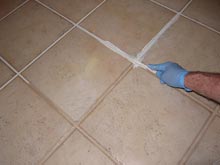 How To Paint Grout Lines
How To Paint Grout Lines
For extremely dirty and stained grout the best option for restoring the grout is to paint the grout lines.
Read more»
